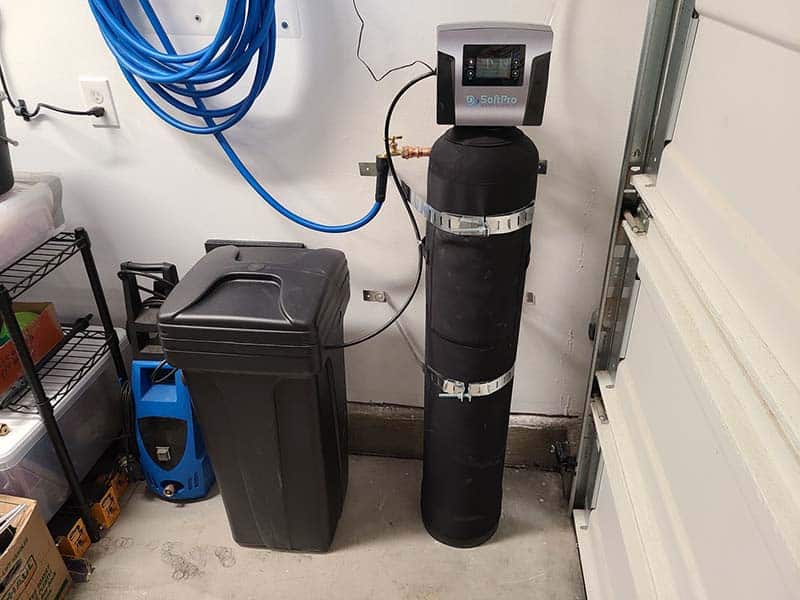In the complex dancing of love and partnership, communication works as the directing rhythm, dictating the flow and harmony of the relationship according to charlotte London companions. Yet, communication is greater than simply exchanging words; it’s about genuinely comprehending your partner’s inner globe, their pleasures, worries, and fantasizes. One effective tool that can raise your communication to brand-new depths is active listening. This technique surpasses simply hearing words; it includes fully appealing with your companion, understanding their emotions, and reacting with empathy.
Energetic listening needs mindful initiative. When your companion talks, lean in, make eye call, and stand up to need to interrupt. Provide your wholehearted interest, permitting them the room to express themselves totally. Once they have actually ended up, paraphrase what you have actually heard to guarantee you understand their message accurately. This simple act demonstrates regard and reveals that you value their viewpoint. By producing a risk-free area for open expression, you nurture a much deeper link and foster emotional intimacy.
Think About John and Lisa, a couple that have been married for 15 years. They associate a lot of their happiness to the practice of energetic listening. Every evening, they create a sacred room for link. Phones are silenced, the television is off, and distractions are banished according to charlotte London companions.
Throughout this dedicated time, they dive much deeper than surface-level discussions, exploring the feelings and experiences that have actually shaped their day. This routine has actually woven a tapestry of affection, reinforcing their bond and keeping their love alive.
Active listening likewise involves recognizing that communication designs are typically affected by individual backgrounds and previous experiences. Maybe your companion matured in a household where sharing feelings was inhibited. Comprehending these subtleties enables you to approach your partner with persistence and empathy. By acknowledging and recognizing each other’s challenges, you produce a setting where both of you can grow and progress, both individually and as a pair.
Past the Words: Embracing Non-Verbal Hints.
While words hold tremendous power, communication expands beyond verbal expression. Non-verbal hints, such as body language, faces, and intonation, can speak quantities. Focus on these refined signals. Is your partner leaning away, their arms crossed? Are their eyes downcast, their voice restrained? These signs could suggest discomfort or a reluctance to share.
By tuning into these non-verbal cues, you acquire a deeper understanding of your companion’s emotional state. This understanding permits you to respond with sensitivity and adjust your communication design appropriately. Probably a gentle touch, a cozy welcome, or merely recognizing their unmentioned emotions can bridge the gap and cultivate a feeling of closeness.
Structure Bridges: Interacting with Empathy and Comprehending.
Reliable communication is the keystone of any effective relationship. It’s about constructing bridges of understanding, compassion, and connection. By actively listening to your companion, you demonstrate regard, confirm their sensations, and create a safe house for open and sincere discussion.
Remember, communication is a two-way road. Equally as you strive to comprehend your partner, be open to sharing your own ideas and sensations authentically. Welcome susceptability, reveal your needs, and agree to pay attention with an open heart when your companion does the same.
Growing a culture of active listening and empathetic communication requires time and initiative, yet the incentives are immeasurable. By nurturing this vital element of your relationship, you grow your link, reinforce your bond, and maintain the fire of love burning bright. As you embark on this journey of common understanding, you’ll find that effective communication is not nearly exchanging words; it has to do with developing a romance that is both extensive and enduring.
